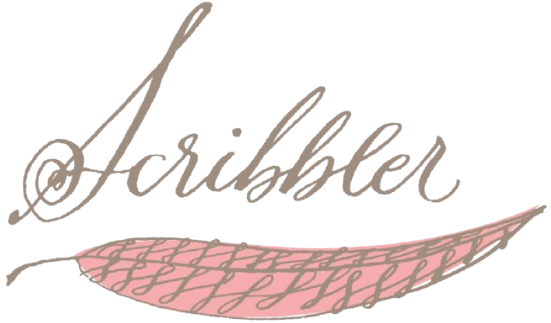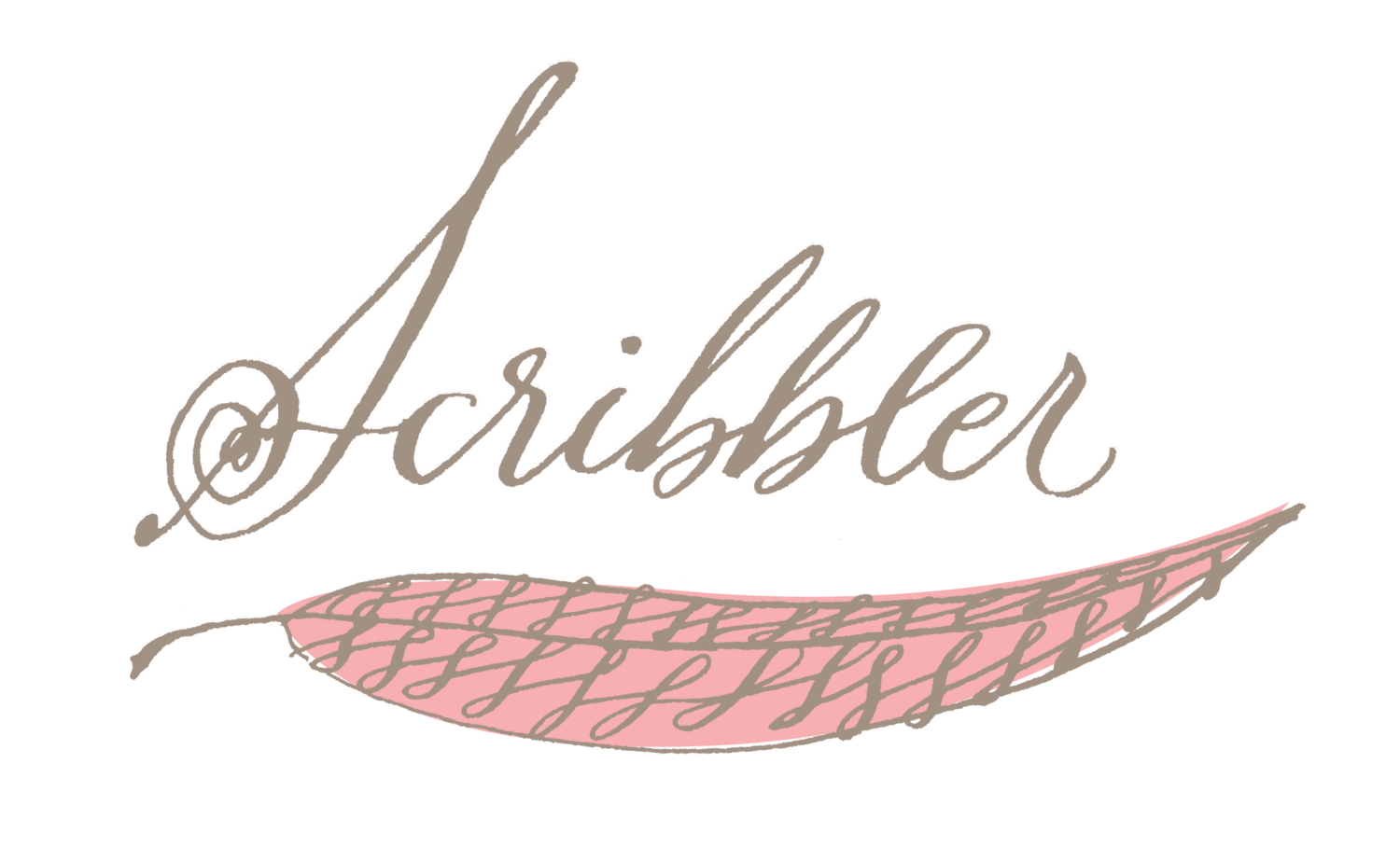mailing invitations
how to stuff invitations
This is one of our most common questions, and stuffing invitations is a process that takes some time. If your invitations were addressed by hand, you will want to check over them first to ensure no one was inadvertently omitted and that the address is correct.
Apply postage to your reply envelopes, then nestle the reply card underneath the reply envelope flap. Then the invitations are stacked in size order, with the largest piece on the bottom and smallest on top. Tissue is often used to separate each piece if desired, even though most often it is not needed. The exception is when digital printing is used as it could possibly bleed onto a facing card due to the pressure applied during the mailing process. Many years ago, there was a very popular wedding stamp with a small red heart in the corner. It was a bride-favorite until people started receiving invitations with a faint red heart on the beautiful wedding invitation itself. The heart had bled from the stamp on the reply envelope that was facing it - ugh!
Take care to stack everything neatly, grab it as a unit and stuff into the inner envelope so that everything is face up when you open the envelope and remove the invitation with your right hand. Then the inner envelope with the names on it is inserted into the outer envelope so that the names face the back of the envelope - or the opposite way from the outer envelope. You want the recipient to see their names on the inner envelope when the open the outer envelope.
WEIGH FOR POSTAGE
While your invitations are being addressed, take a complete invitation set (or two if you have a group getting an extra ceremony card, etc.) to the post office to determine postage for the outer envelope and reply envelope. We like to check postage for you as well to ensure accuracy. If you are interested in vintage postage, let us know as we have some great sources!
We recommend mailing from the main post office in your city. If there are multiple zip codes in your town, everything mailed from all local post offices will go to the city’s main post office for sorting and then sent to the appropriate post office for delivery. Mailing from the main post office often saves a day as well, and we know you are ready for everyone to receive your special invitation!
CALLIGRAPHY and Other ADDRESSING options
Calligraphy is an art, and there are many different styles and options. True calligraphers use a pen with a nib and an inkwell. Ranging from traditional Copperplate to modern calligraphy, the pricing is varied. Inks can be mixed to match your invitation design. We have samples of many calligraphers that we recommend, both for the beauty and style of their work as well as their reliability for our clients. Colored ink and lined envelopes are typically and added cost.
Addressing can also be done by fountain pens and gel pens and should be faster and less costly. If you are not interested in custom ink, this may be a good option. Some calligraphers offer this type of addressing and others do not.
Finally, digital addressing has become much more common - especially during covid when timeframes were much shorter. Many of our printers offer this service, and we can usually print envelopes inhouse as well. We need the guest list in an Excel spreadsheet and have templates for you to follow for invitations with single and double envelopes. Depending on your process, the invitations can arrive with the envelopes completely addressed and ready to stuff/stamp and mail!




